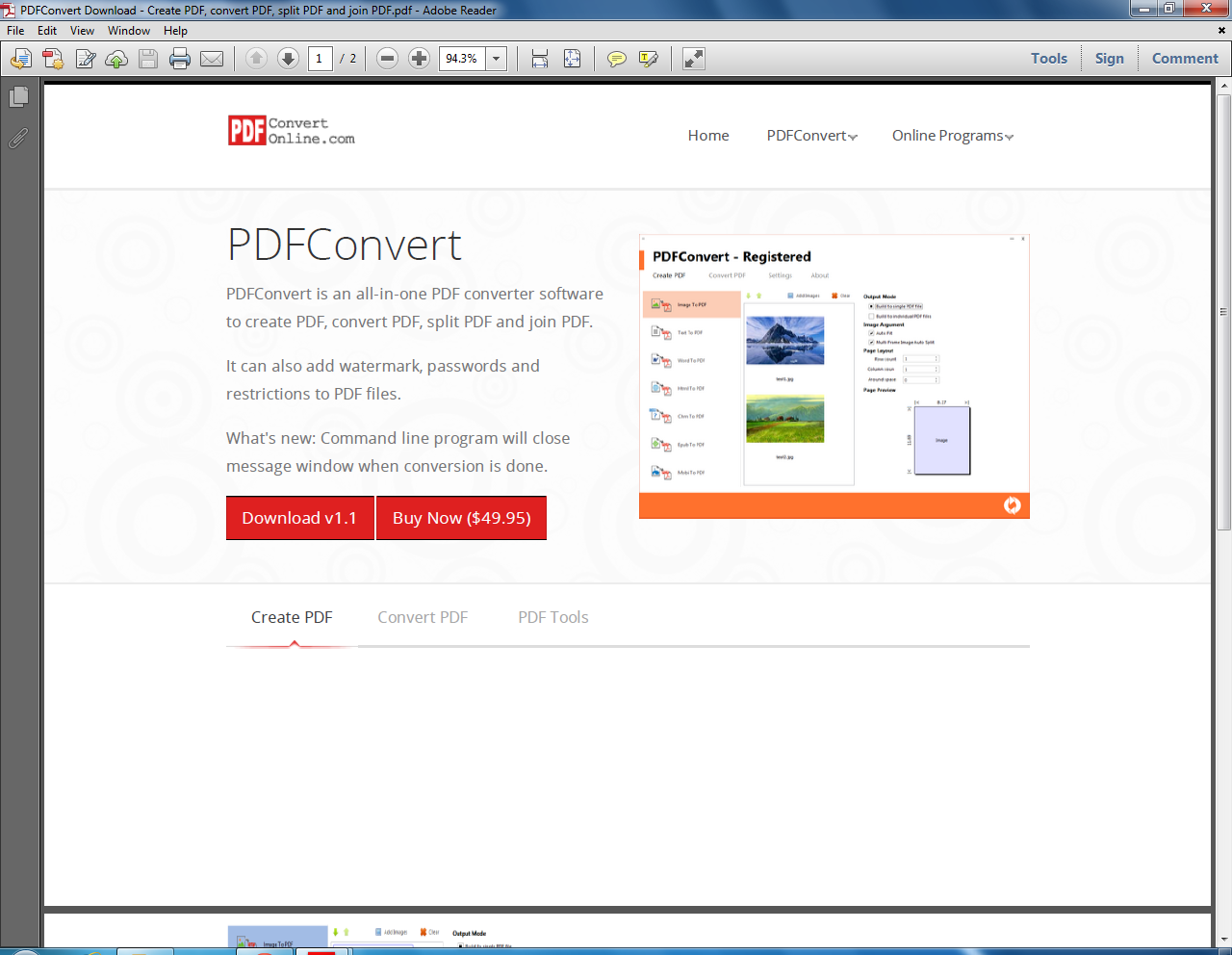PDF tips
Difference between PDF and EPUB
EPUB (short for electronic publication) is a free and open e-book standard by the International Digital Publishing Forum (IDPF). Files have the extension .epub.
PDF (short for Portable Document Format) is a file format used to present documents in a manner independent of application software, hardware, and operating system. Each PDF file encapsulates a complete description of a fixed-layout flat document, including the text, fonts, graphics, and other information needed to display it.
Both PDF and EPUB support image, sound, video, interactivity, bookmarking, annotation, table and DRM protection. The biggest difference between PDF and EPUB is reflowable content support. EPUB supports reflowable content while PDF doesn't. In other words, PDF files don't adapt well to various sized displays and devices. It is difficult to view some PDF files on small screens that come with some smartphones.
A reflowable document is a type of electronic document that can adapt its presentation to the output device. Typical prepress or fixed page size output formats like PostScript or PDF are not reflowable during the actual printing process because the page is not resized. For end users, the world wide web standard, HTML is a reflowable format as is the case with any resizable electronic page format. Besides HTML, ePUB is a simple reflowable format that allows a single column with inline images, in many ways similar to a stripped-down HTML.
In later Adobe Reader versions for Android/iOS, the view modes include continuous, single page, text reflow and automatic. However the "text reflow" view mode only works for some PDF files in our testing.

